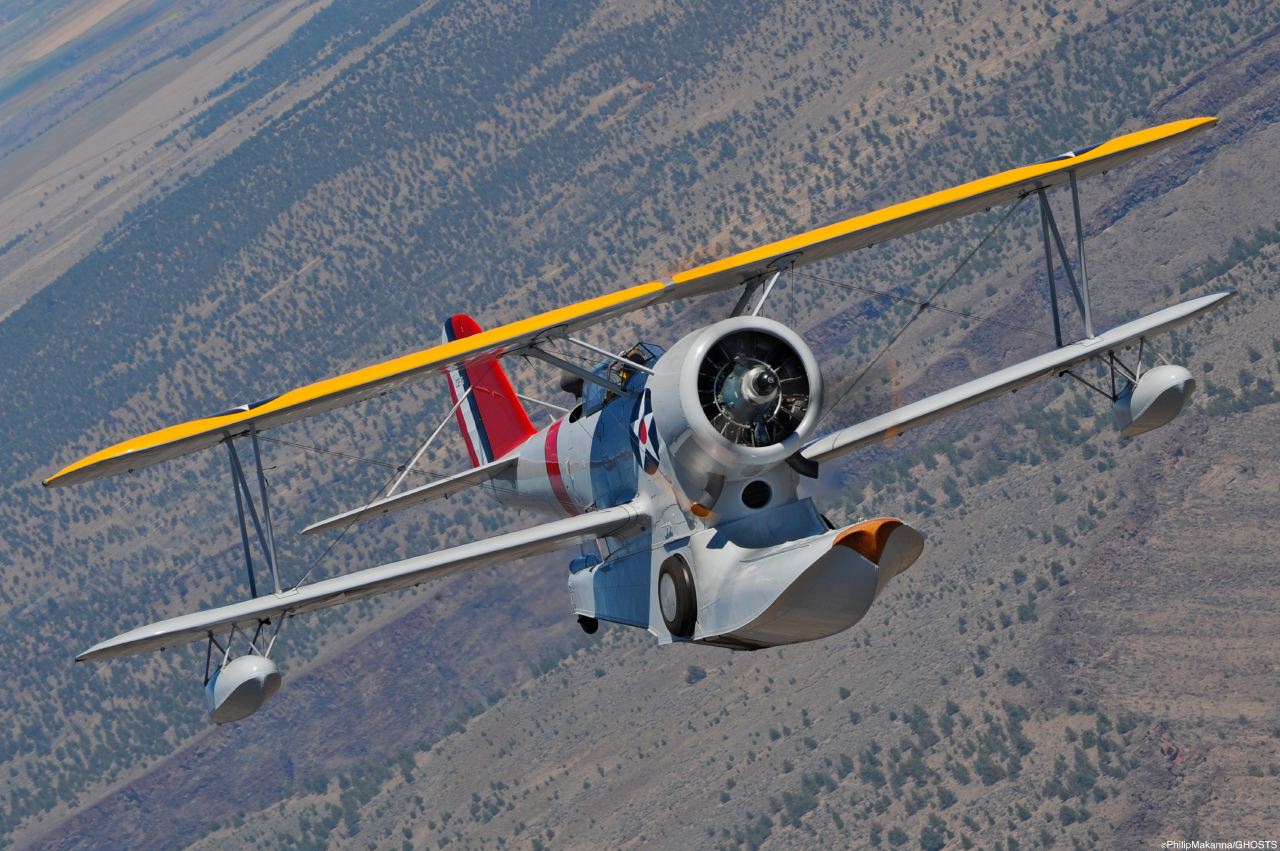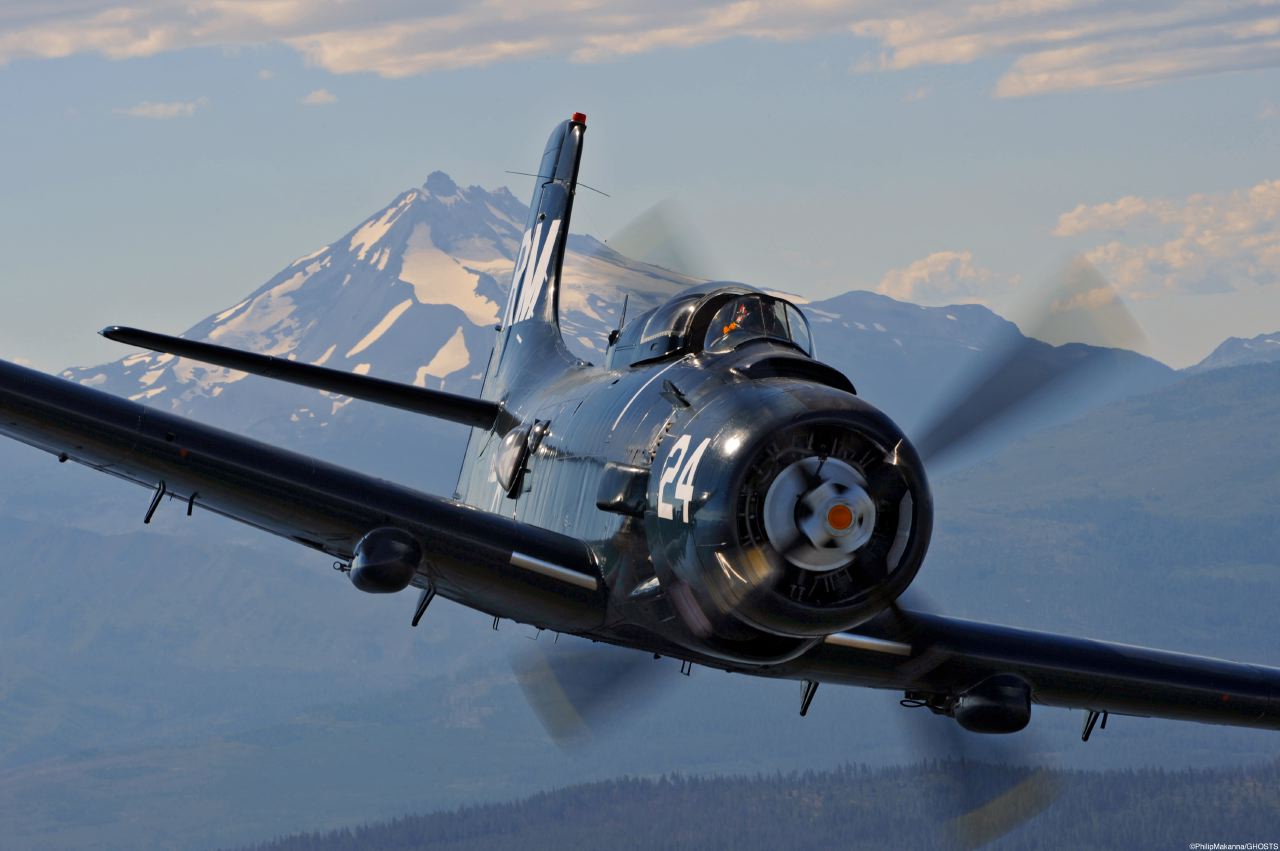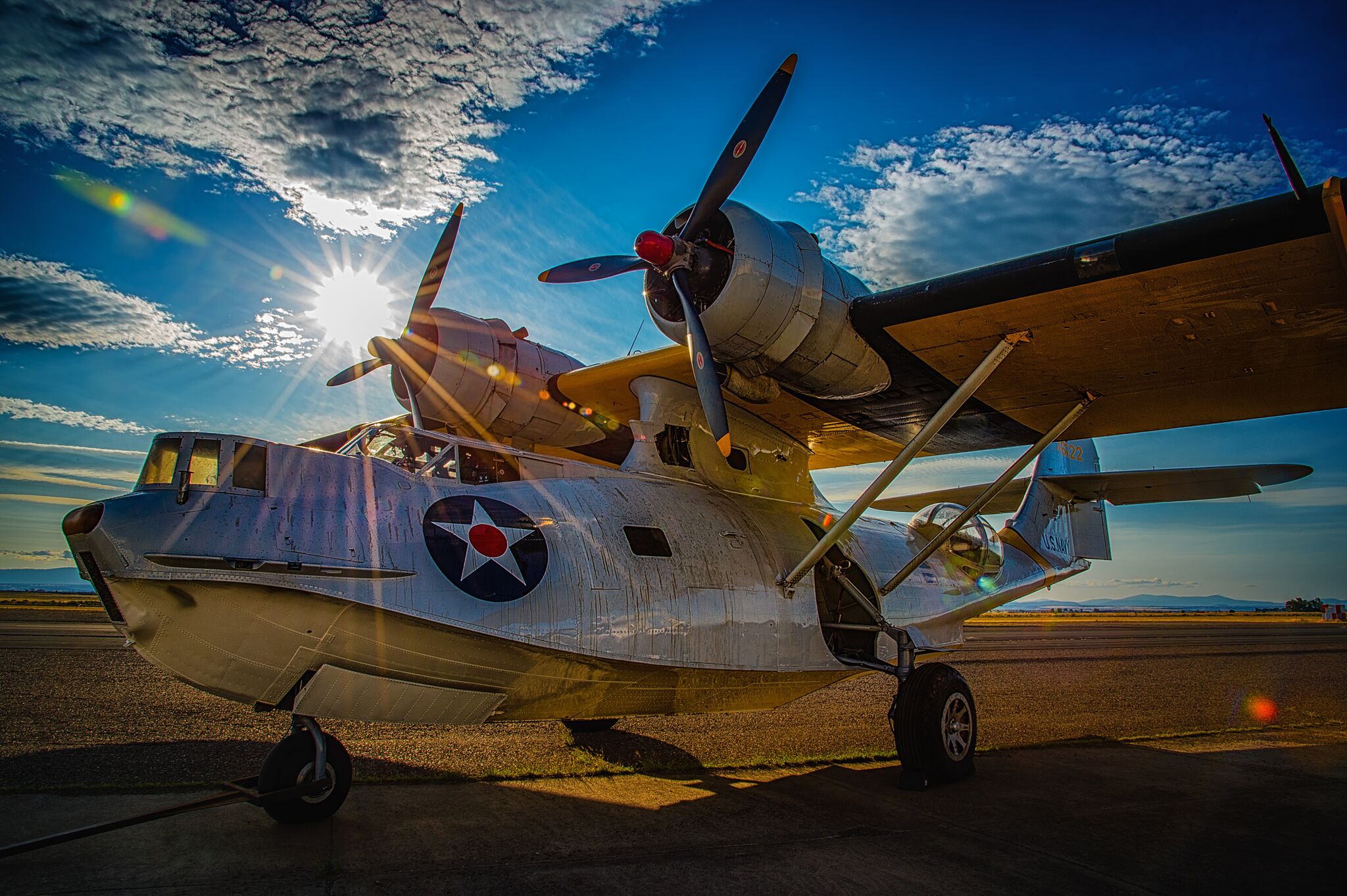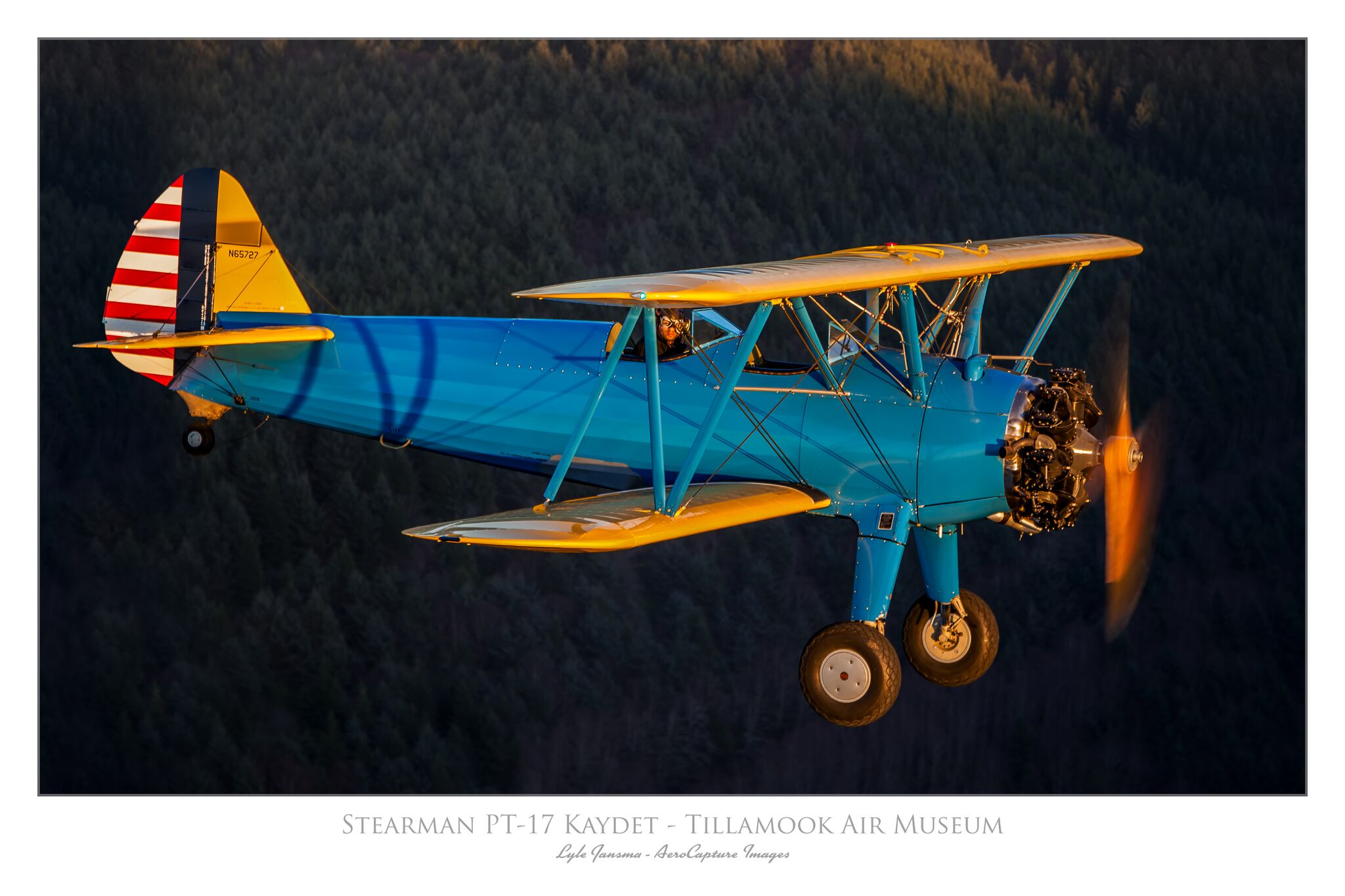THE ERICKSON AIRCRAFT COLLECTION
The history of the Erickson Aircraft Collection begins with owner, entrepreneur, and Living Legend of Aviation, Jack Erickson. Inspired during World War II by P-38 Lightning’s flying from the former Portland Army Air-Base, Erickson developed an interest in flying and with it, the collecting, restoration and flying of historically significant aircraft. Erickson would acquire numerous airplanes in the 1980’s and 1990’s that would solidify his place in aviation history, including the B-17 “Flying Fortress”, which was renamed the “Madras Maiden” in 2014 in honor of the city of Madras, and then Ye Olde Pub in January 2019.
Requiring a permanent place for the long-term storage and preservation of his collection, Erickson decided to invest in Central Oregon by building a 64,000 square foot hangar at the Madras Municipal Airport. Completed in 2014, the hangar is home to one of the largest collections of privately owned flying aircraft in the world. By remaining airworthy, the history of the planes that changed the world will be continually honored by allowing visitors to experience them as they were meant to be seen; in the skies.





















Now offering Living History Flight Experiences in our P-51 Mustang, SBD Dauntless, P-40 Kittyhawk, TBM Avenger, B-25 Mitchell (by appointment), B-17 Flying Fortress (by appointment), Grumman Duck (by appointment).
Check out our website to book your flight.
YE OLDE PUB -B-17 Flying Fortress
Ye Olde Pub – short radio play by Joe Fordham
I am a writer based in Burbank, California. I recently created a short radio play based on one of the aircraft in your collection, recreation of the 379th Bomb Group B-17 ‘Ye Olde Pub,’ at the Erickson Aircraft Collection in Oregon.
I’ve long been intrigued by what happened between Oblt. Franz Stigler and USAAF 2nd Lt. Charlie Brown in December 1943. And I decided to try my hand at adapting the events for a drama competition run by Backstage Magazine. Their theme was ‘What Really Matters,’ and my challenge was to create a five-minute drama using nothing by voices and sound. Please click on the link below.
MADRAS ARMY AIRFIELD
In January of 1943, Major Joseph Arnold confirmed what most in the community already knew, the war effort was coming to the city of Madras. With a population of just 412 in 1940, the Air Force ordered plans to build two hangars to support “combat training,” specifically the training of aircrews in the Boeing B-17F “Flying Fortress” Bombers, in the 318th Squadron of the 88th Bombing Group of the Second Air Force. Known during World War II as the “Madras Army Air Base,” the city of Madras was transformed by the rapid building of runways, taxi-strips, “hard-stands,” and the supporting auxiliary buildings.
Suddenly thrust on to the military map, the rapid influx of several hundred officers and pilots, GI’s and Army construction workers strained the rural city in the early months of 1943, leading newcomers to find lodgings in Madras homes and travel to the airbase by military bus. The coexisting of civilian and military personnel in the early days of the base helped set a tone of hospitality and cooperation amongst both parties.
After the Fourth Air Force replaced the Second Air Force earlier in the year, September of 1944 brought a change in the mission of the air base. Hereafter, the base would perform aircraft maintenance, with aircrew training moved to nearby Redmond Air Base. After this order went into effect, flight instruction effectively ended, the crowded and noisy skies over Madras cleared, and with it, the war ended for Madras Army Air Base as abruptly as it had begun.
In November of 1945 the base was declared “surplus to the needs of the Army,” beginning the postwar bureaucratic wheels of the War Assets and Civil Aviation Administration to start turning in order to decide the future of the base. After a campaign by Madras and Jefferson County officials to obtain ownership and control of the base, on April 3, 1947 Madras Army Airfield was finally transferred to local leadership.




